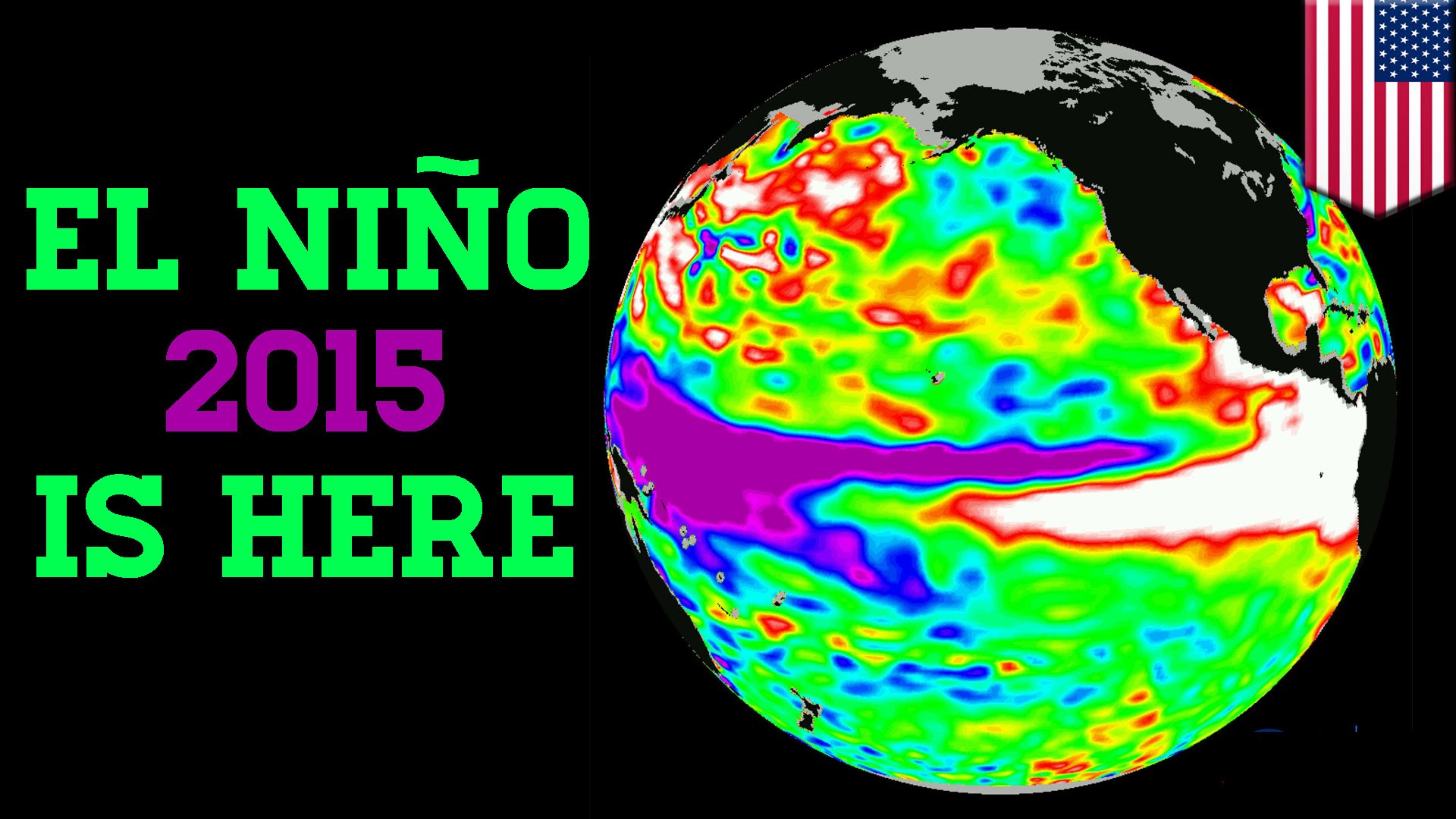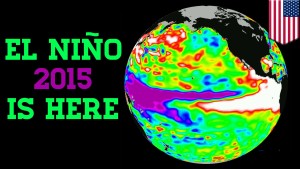For much of the past year I’ve been reading headlines in the LA Times (where I was born and raised, so I scroll through the news every day before I get to the sports section) about the coming effects of El Nino for southern California. What this phrase refers to is “the large-scale ocean-atmosphere climate interaction linked to a periodic warming in sea surface temperatures across the central and east-central Equatorial Pacific.” The sea water gets warmer at the surface, and this impacts weather worldwide. For southern California El Nino generally brings a lot more rain to the area, and rain the state desperately needs. But in a desert environment where you have little rain, a lot of rain in a short period of time can cause a lot of damage, like mudslides, flooding, etc. The message throughout the year in the paper was, it’s coming, so you better be prepared.
But a funny thing has happened on the way to catastrophe; it hasn’t happened. In a Times piece about this, the effects of El Nino are hitting northern California to some degree, and it can still bring a lot of rain to the southern portion of the state in the month ahead. But my first thought on reading this, conservative, right-wing, global warming denier that I am, was that predicting weather patterns is not so easy. If predicting the effects of just one variable, warming surface ocean temperatures, is difficult, how can we depend on predictions of every weather variable on earth? And we are to believe these predictions will be accurate 50 to 100 years from now? If we even dare to question the “settled science,” we are branded anti-science. All weather predictions are based on computer models, and as anyone can see they are not perfect. It seems to me that before we turn the world’s economies upside down in an ideological mission to save us from “climate change,” it would be good to question why we should put our faith in computer models that have a hard time getting an El Nino right.


